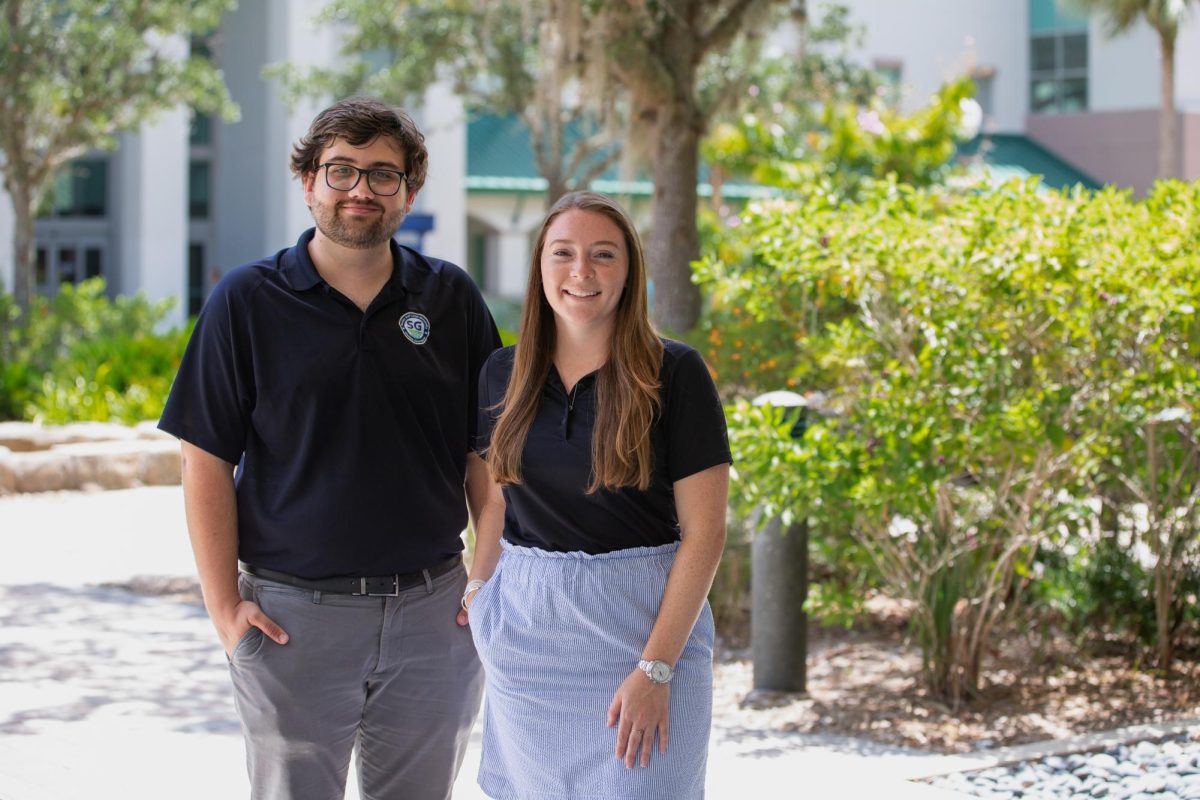For the past week or two, the world has been shaken up by the bleaching of the Great Barrier Reef.
Across the internet, people are posting that this cannot be fixed — that the world cannot fix something this extensive and tragic.
I am here to tell you that there is a way. Plans being concocted by Paris and Australia that will help reduce overall pollution and climate change, can help us resolve the issue in the Great Barrier Reef.
A coral reef bleaching happens when corals are stressed from factors like unusually high water temperatures. When the water temperature is too hot, symbiotic algae leaves the coral’s body, causing the coral to have a pale color, and starving it from necessary nutrients. Eventually, if the bleaching goes on for too long, the coral can wither and die.
Recent reports from the Great Barrier Reef Marine Park and Authority documented in May and June of this year, indicated that the northern section of the Reef was the most bleached, with 22 percent of the coral deceased.
Yes, an evident portion of the Reef has been bleached, but this doesn’t mean that we can’t do anything to fix it. Bleaching takes a long time to officially kill coral.
As frightening as these facts are, scientists are still positive that the Great Barrier Reef can be repaired.
Terry Hughes, an Australian researcher that helped conduct the first surveys of the Reef, said that there is still time to save this ecosystem.
She made a clever analogy when she said, “You don’t write the obituary of a loved one when they are diagnosed with a serious illness — you help them fight for their life.”
The Paris Climate Change Agreement has outlined several steps we could take to help clean the environment for ourselves and the Reef. Their plan has not yet been finalized, but some of the ideas are that we should aim for is an overall temperature goal to keep the overall global warming temperature down to 1.5-2.0˚C (34.7-35.6˚F) and an overall fuel/industrial emissions level under 2.0˚C (35.6˚F).
The pledges will be analyzed and revised accordingly every five years.
The plan will help underdeveloped countries pay for beneficial climate aid materials, and arrange disaster campaigns to help recover and repair damaged countries.
The plan aims to take certain transparency measures to record and regulate a country’s emission goals. It also states that any supporting measures are binding — not the obligation to partake in this plan.
In my opinion, because the Great Barrier Reef is still very much alive, we should not give up on trying to repair the damage we have done.
This matter just proves that pollution and climate change is a problem we should take the time to address. I hope that when the Paris Climate Change Plan is finalized, the Great Barrier Reef Marine Park and Authority will release their new findings soon so we can outline our next move to improving the environment.
I am also counting on the fact that we as a civilization of humans can realize that this is an issue that will get worse over time and infect the things we love.

































